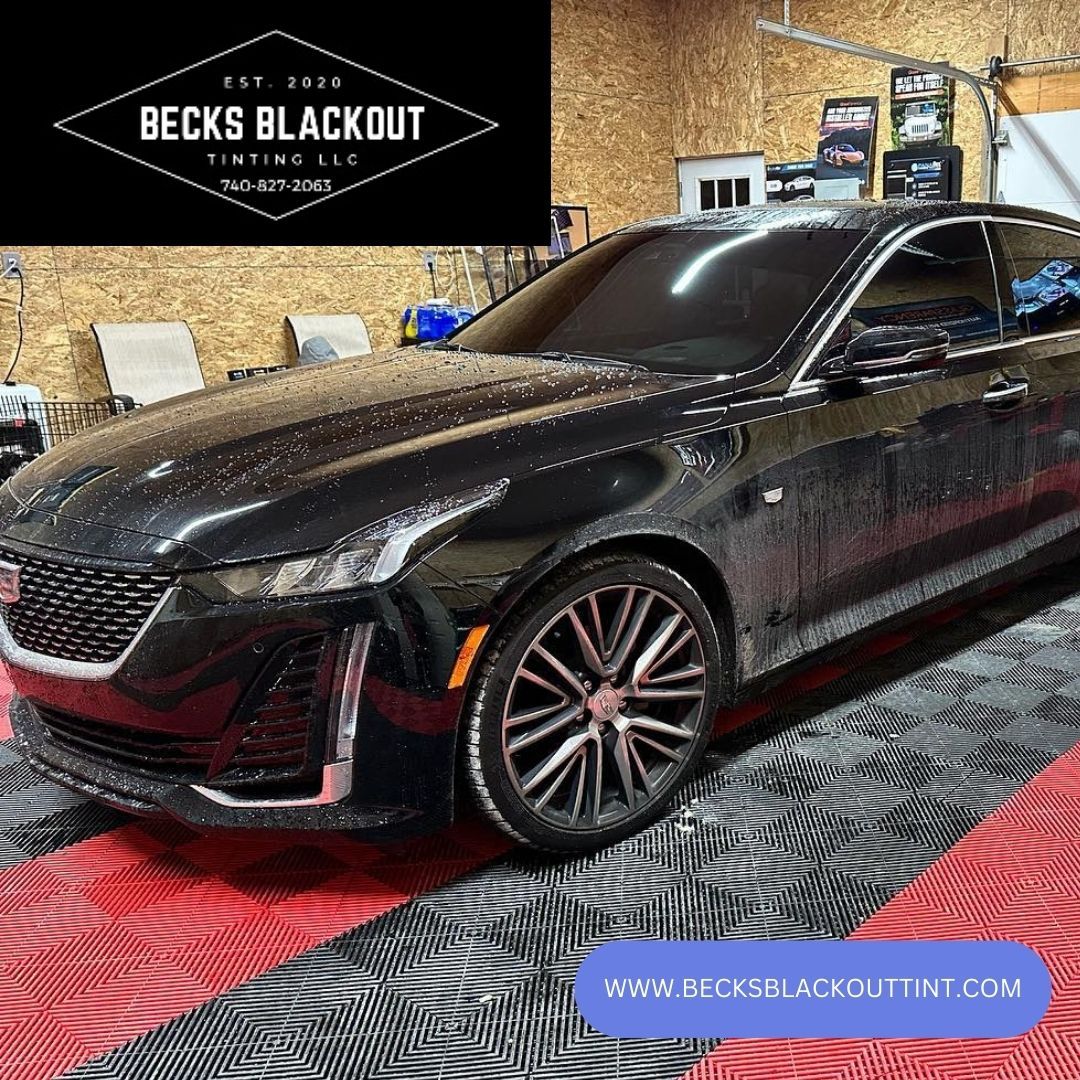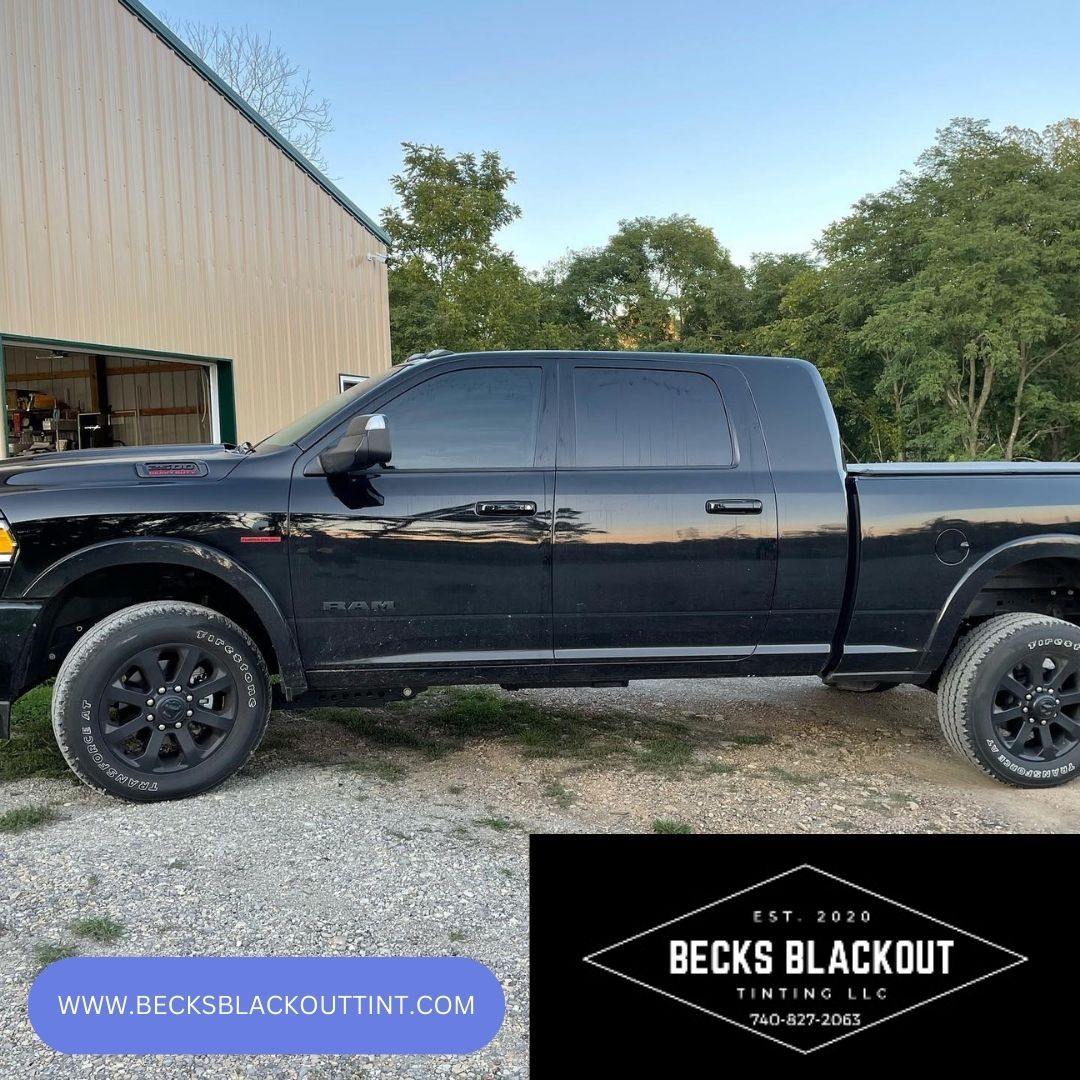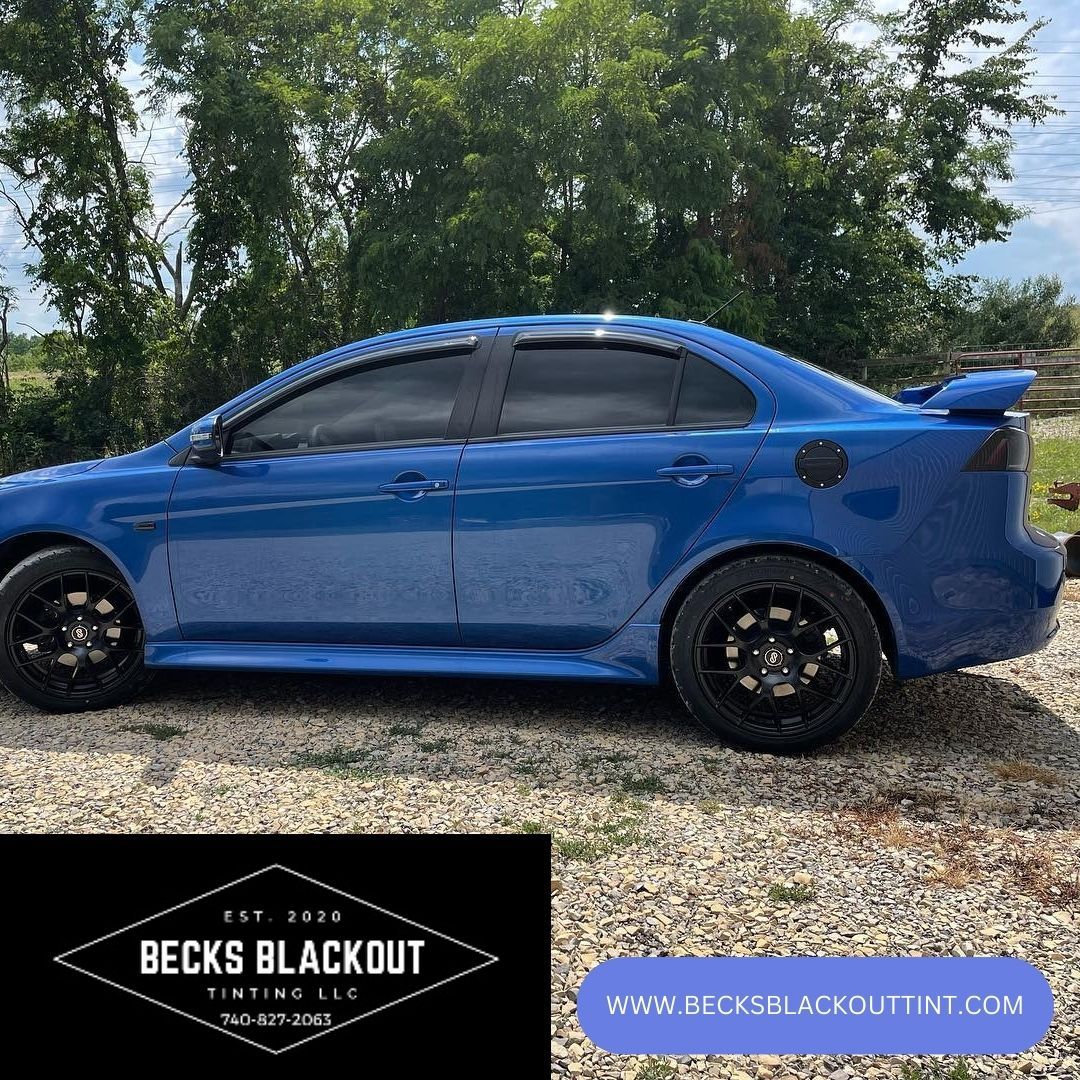When it comes to tinting car windows, many individuals are looking to enhance the aesthetics of their vehicles while also enjoying the benefits of privacy and protection from the sun's harmful rays. However, while tinting is popular, it is important to be aware of the legality of blackout tinting to avoid any consequences.
In today’s post from the team at Beck’s Blackout Tinting, we will explore the regulations surrounding car window tinting in Ohio and provide an answer to a question we get asked more than any other — "What is the darkest tint legal in a car in Ohio?" Find out below, then get a quote for your vehicle tinting needs today.




